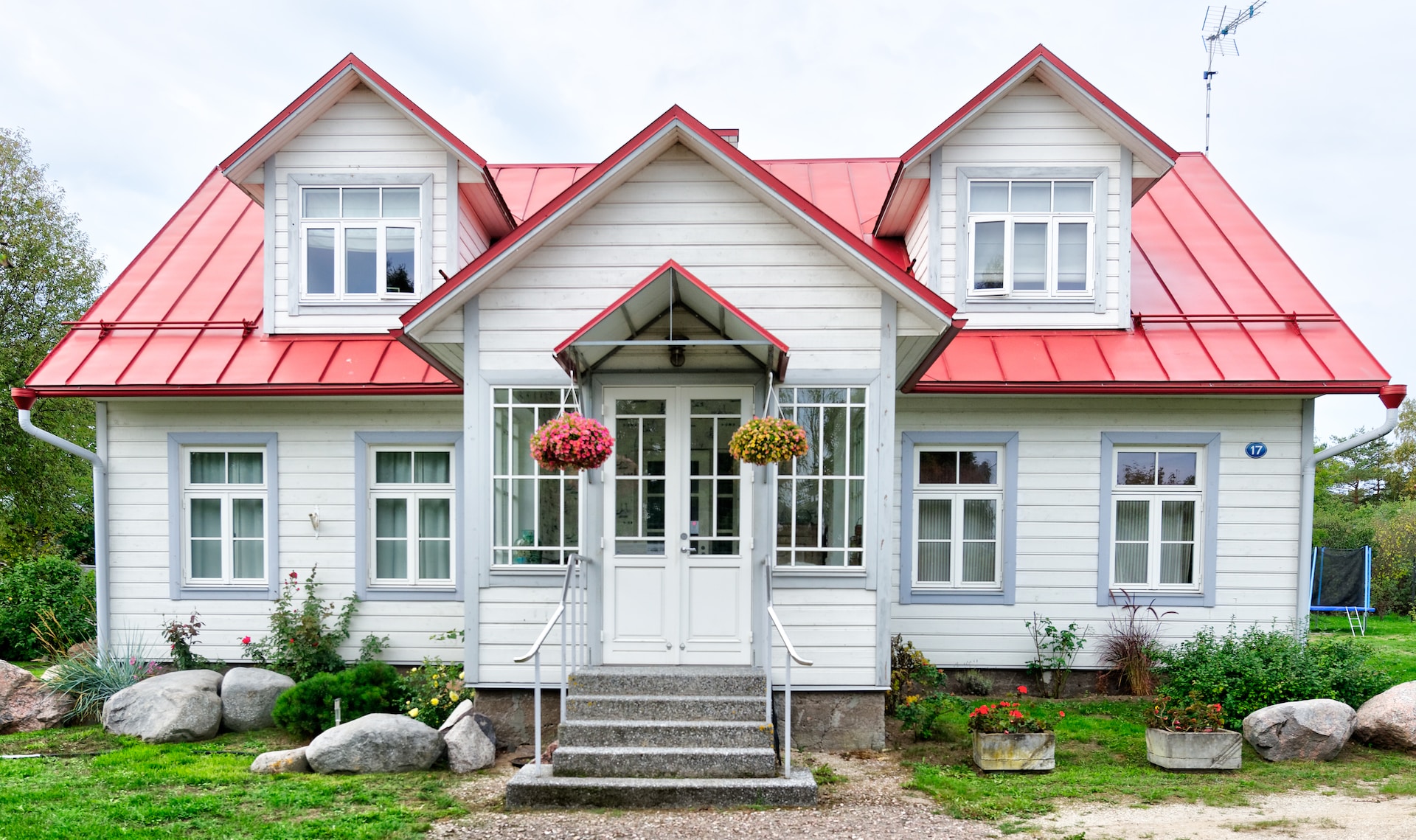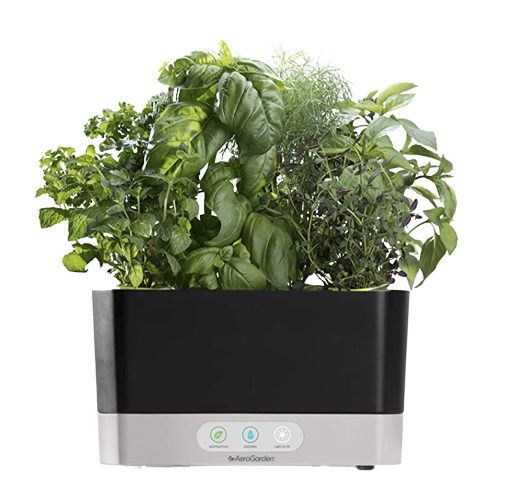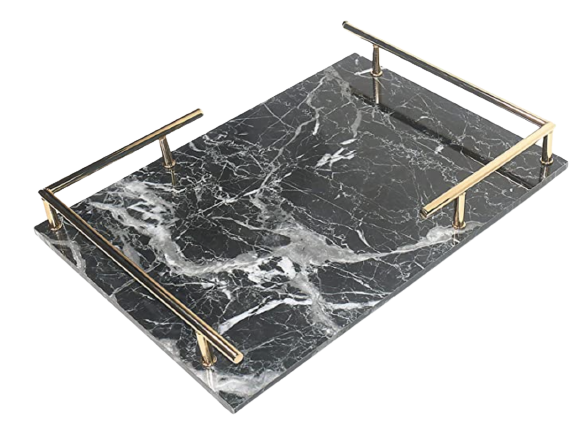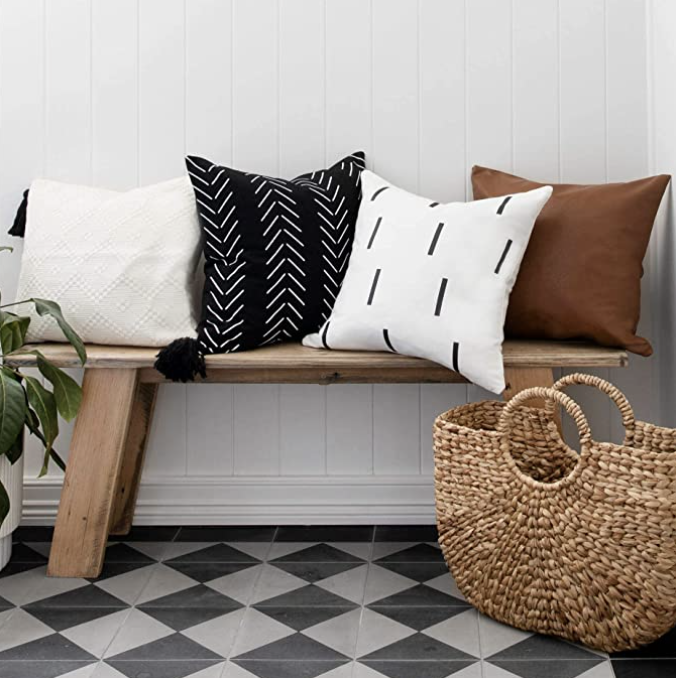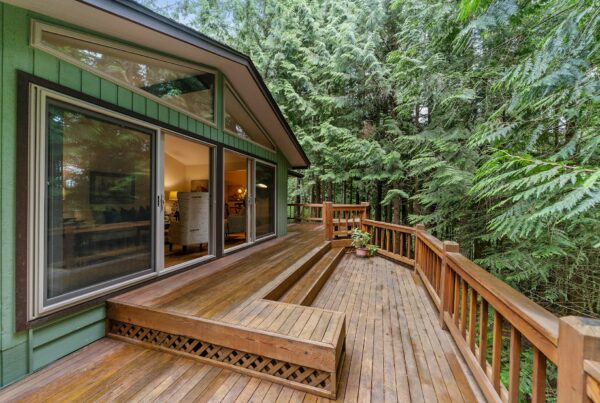Last Updated on January 5, 2024
As the cold weather sets in, we all want our homes to provide the most comfort and warmth. But did you know that a significant part of your home’s heat is lost through doors and windows? 25% to 30% of residential heating and cooling energy escapes through these openings. This highlights the vital role of energy-efficient doors in home insulation.
Investing in double glazed doors gives you a two-for-one upgrade deal. You seal out the elements better while also boosting home curb appeal thanks to stylish design options. That’s why you should prioritize them at the top of your winter preparation checklist!
Let’s explore the key reasons to invest in double glazing beyond just trapping warm air. Double glazing offers significant aesthetic benefits that can enhance the overall appearance of your home with trendy materials.
The Significance of Energy-Efficient Doors
Doors definitely act as literal and symbolic gateways into our living space. But without proper insulation, they can allow precious warm air to seep outside. Not ideal in cold and hot climates! Upgrading to energy-efficient double or triple glazed doors transforms your home’s entry points into sealed fortresses that trap comfortable air in.
The Department of Energy says picking double glazed doors well-suited to weather conditions. This can reduce heating and cooling costs by 10-20% over regular options. Those savings add up over time to more than pay for the upgrade. It’s why more homeowners are choosing insulated doors that match local climates.
Selecting an energy-efficient double glazed door that suits your climate is a smart choice for improving home insulation and reducing costs.
Check Existing Door Efficiency
Do your current doors let cold drafts sneak indoors? Do your heating bills make you shiver? Before rushing to replace doors, assessing their efficiency is prudent. The Department of Energy notes that optimizing existing doors is often the most affordable option before considering new ones.
Here are quick tips to gauge your doors’ fitness:
- Inspect seals & frames – Check for cracks, rot, and missing weatherstripping allowing air leaks. Fixable issues can boost efficiency.
- Feel for drafts – On windy days, run your hand along door edges to sense sneaky drafts. Targeted repairs can seal these leaks.
- Consider age & material – Old steel and wood doors with single pane glass tend to be far less efficient. Even with repairs, an update or replacement of windows may be worthwhile.
- Compare Energy Star ratings – Compare your door’s insulation value against climate guidelines. Large discrepancies signal needed enhancements.
Through fixes like weatherstripping, storm doors, or door sweeps, even existing doors can achieve adequate efficiency. But major air leaks or outdated designs may need replacement. This leads us to the latest innovation in double glazing.
Your Climate Matters
To harvest the full benefits of double glazed doors, the design must match the prevailing outdoor conditions. Colder regions need max insulation, while temperate and hot climates must balance insulation with ventilation and solar control.
The National Fenestration Rating Council (NFRC) provides two essential metrics for selecting climate-appropriate double glazed doors:
U-factor – Indicates the rate of heat loss through the door. Lower numbers (between 0.20-1.20) signify better insulation for colder areas.
Solar Heat Gain Coefficient (SHGC) – Signals how well the door blocks incoming solar heat. Lower SHGC (0-0.4) suits hot regions while higher values (0.25-0.55) help warmer climates use free passive solar gains during winter.
Check federal ENERGY STAR guidelines tailored to your ZIP code for recommended U-factor and SHGC levels. Then, cross-check the door specifications and NFRC ratings to determine the ideal balance of insulation, ventilation, and solar control for your specific environment.
Style Meets Savings
Beyond enhancing efficiency, double glazed doors also upgrade aesthetics with stylish touches to complement your home’s architecture. Frame choices including vinyl, composite, fiberglass, and various wood types offer design flexibility. Visual accents like beveled edges, unique grid patterns, stained glass, sidelights, and transoms personalize the look further.
For insulation, thermal breaks within the frame curb heat conduction. But style elements like color coordinated weatherstripping ensure the door remains an artful facade extension rather than an eyesore.
Thespecifier.com emphasizes that modern double glazed doors successfully combine efficiency and elegance through innovative materials and designs. You can have it all – winter-ready insulation plus eye-catching aesthetics!
Professional Installation
Replacing doors requires the proper installation to actualize advertised efficiency. Poor sealing risks air leaks equal to leaving a 3-inch hole wide open!
To avoid such issues, the Department of Energy recommends hiring experienced installers who are certified by industry organizations such as the American Architectural Manufacturers Association (AAMA) or the Fenestration and Glazing Industry Alliance (FGIA).
Besides flawless seals, pros ensure sturdy anchoring, appropriate flashing, and integration with weather barriers like house wraps. Do-It-Yourself jobs may tempt with lower costs but professional handling better guarantees realizing the full benefits of your investment both now and for years to come.
Cost-Benefit Analysis
Upgrading to double glazed doors demands considerable upfront investment. Market data from HomeAdvisor shows average mid-range installed costs hovering around $2,500 for a standard 3′ x 7′ entry door. Premium styles with high-end frames, ornate designs, and large sizes can approach $10,000.
But once in place, the lowered heating and cooling bills provide a return on investment through energy savings. For a typical home, high-efficiency double glazed doors save between $125 to $340 in temperate climates and up to $500 per year in cold regions, estimates the National Fenestration Rating Council. Considering your climate zone’s potential savings and electricity rates in your area can help you calculate the payback period.
For many homes, the costs can be offset within 10 years. Reduced environmental impact from lower energy consumption provides further incentive.
Maintaining Performance
Regular maintenance safeguards your investment in energy-efficient double glazed doors. Follow these upkeep tips from the American Architectural Manufacturers Association (AAMA) to sustain optimal insulation for years to come:
- In autumn and spring, inspect door seals and weatherstripping. Replace any cracks immediately before costly air leaks develop.
- Ensure secure locks without sagging misalignment over time. Adjust strike plates or hinges if needed.
- Clean the door tracks and glass panes. Dust buildup impacts smooth operation and clarity.
- Check for condensation between glass layers indicating broken seals. Have faulty units replaced under warranty.
Like all building envelope components, attentive care ensures double glazed doors deliver enduring thermal efficiency and visual delight season after season.
Conclusion
Choosing energy-efficient double glazed doors improves insulation for winter comfort. They also elevate home decor with stylish options. With advancements in glass technology and aesthetics, these doors check all boxes – they save energy while matching any style.
As main entrances that welcome guests yet block harsh weather. Thus, double glazed doors tie together home efficiency, elegance and long-term value. Their year-round performance makes them well worth the investment.
FAQs
How much more efficient are double glazed doors compared to ordinary doors?
Double glazed doors can be 50-100% more efficient than standard doors. This prevents the doors from conductive and convective heat transfer. Optimal framing, glazing, and finishes can make them up to 8 times more efficient depending on climate conditions.
What factors should you consider when choosing double glazed doors?
Focus on the door’s U-factor and Solar Heat Gain Coefficient ratings, material frames like vinyl or wood, glazing features like Low-E coatings and argon gas, as well as design elements that match your home’s aesthetic. Additionally, take into account any energy efficiency rebates and incentives available in your region..
How often should double glazed doors be replaced?
Installed and maintained double glazed doors should last 20-30 years due to durable framing materials. But door units should be replaced if seals fail leading to condensation between glass layers or gaps emerge causing uncomfortable drafts.


